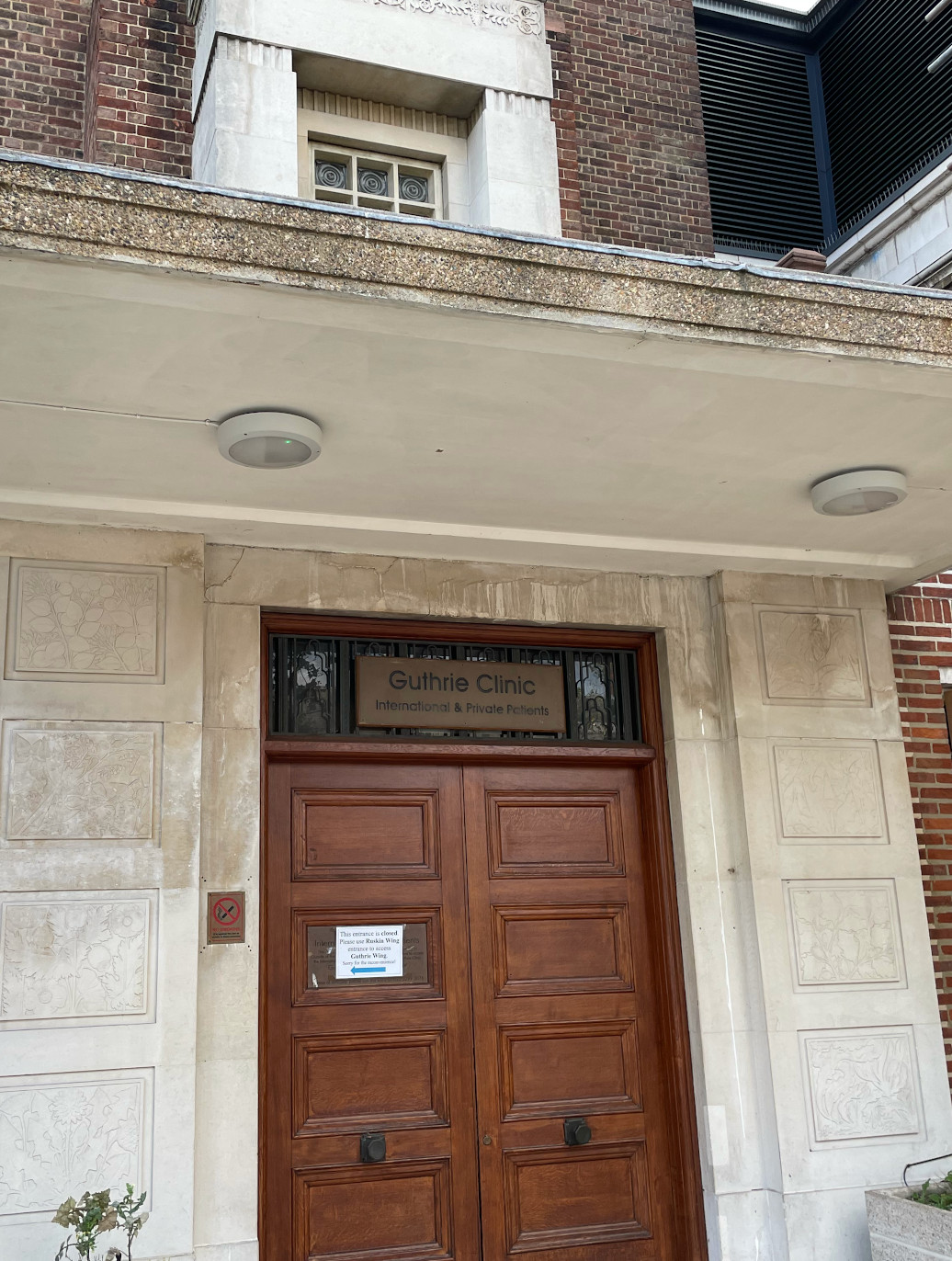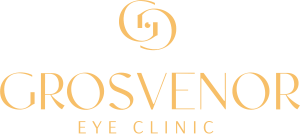Laser Treatments for Glaucoma in London and Surrey
Laser treatment is often a safe and effective option for managing glaucoma without the need for ongoing drops. Mr Sameer Trikha offers SLT and other laser therapies at his glaucoma clinic in London, and also sees patients at his Surrey location, providing tailored treatment based on each patient’s stage and type of glaucoma.
Laser Peripheral Iridotomy (LPI)
This procedure creates a small opening in your iris to improve fluid drainage from your eye. It’s particularly helpful for those with narrow drainage angles, which can obstruct the natural flow of fluid.
Selective Laser Trabeculoplasty (SLT)
SLT is a highly effective alternative to eye drops, recommended by the National Institute of Clinical Excellence (NICE) as a first-line treatment for glaucoma.
A precise laser beam targets the drainage angle of your eye, enhancing fluid outflow and reducing eye pressure.
SLT is a quick and comfortable laser procedure that lowers eye pressure in glaucoma patients. It works by stimulating the trabecular meshwork, a drainage system in your eye, to allow better fluid flow.
You might need SLT if:
Your eye pressure is higher than desirable for your type of glaucoma.
You experience side effects from glaucoma eye drops.
You have difficulty managing regular eye drop application.
A special contact lens will be placed on your eye to keep your eyelids open. Numbing eye drops will ensure your comfort. You might hear clicking sounds from the laser, but the procedure is usually painless.
The procedure typically takes 3 to 5 minutes for each eye to do.
Some patients may feel slight pressure in the eye or a mild headache.
Your eye pressure will be checked about an hour after the treatment. You'll then have follow-up appointments to monitor eye pressure.
Continue using your prescribed eye drops unless advised otherwise by Mr. Trikha.
You can typically resume normal activities, including contact lens wear, the next day.
SLT is generally safe with minimal risks. However, it's important to be aware of potential side effects:
Temporary Pressure Increase: There's a small chance of a short-term rise in eye pressure after the procedure. Mr.Trikha may prescribe eye drops to manage this.
Mild Discomfort: You might experience some redness, blurry vision, or light sensitivity for a few hours or days.Sunglasses can help with this.
Rare Complications: Although very rare, complications like bleeding, retinal swelling, or corneal swelling can occur.
No Permanent Vision Loss: SLT has not been reported to cause permanent vision worsening, except in cases with pre-existing eye conditions affecting vision.
Contact Information
If you have any concerns or questions following your SLT procedure, please contact Mr. Trikha’s office at pa@sameertrikha.com.
Where to find us
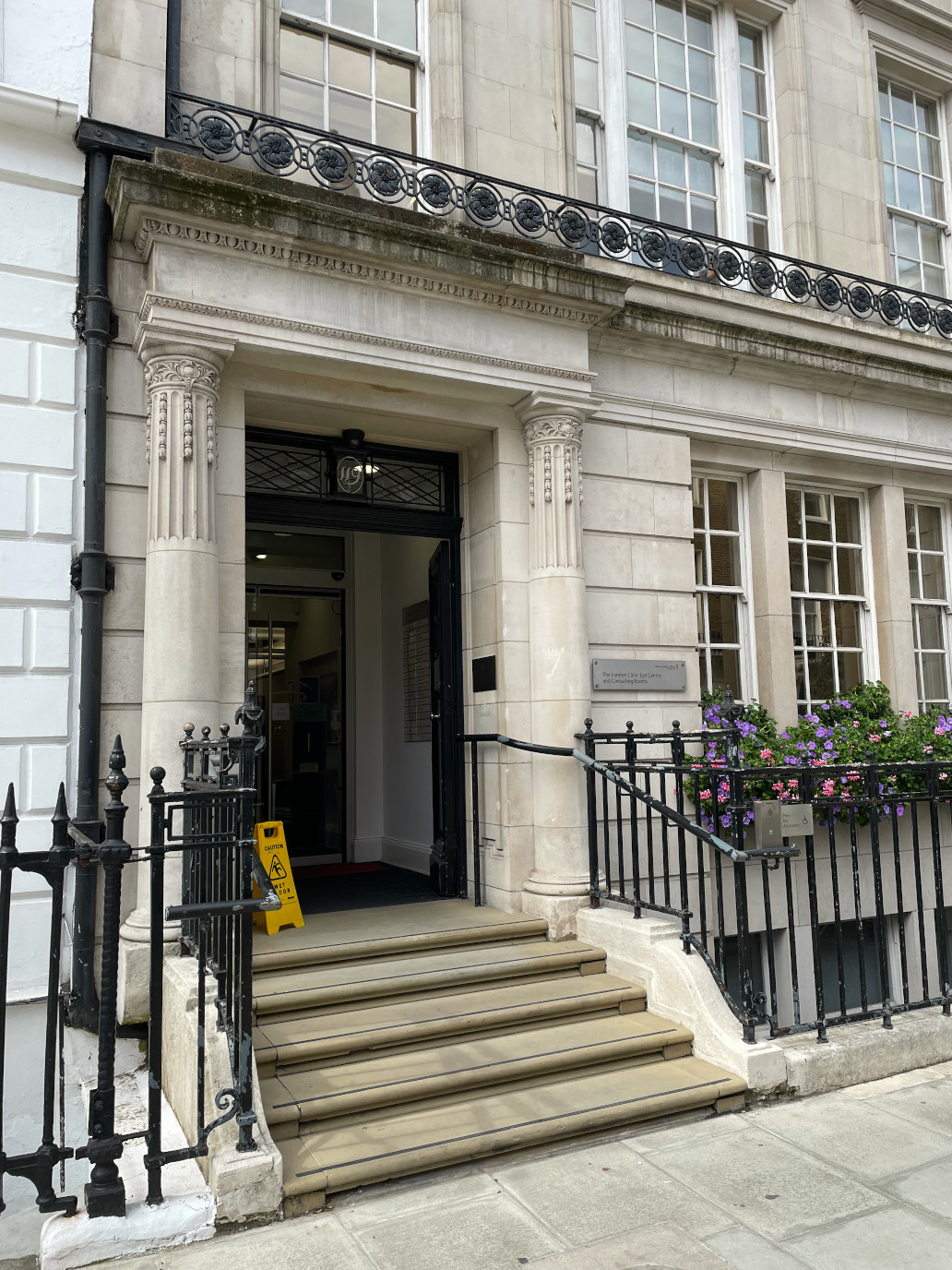
The London Clinic Eye Centre
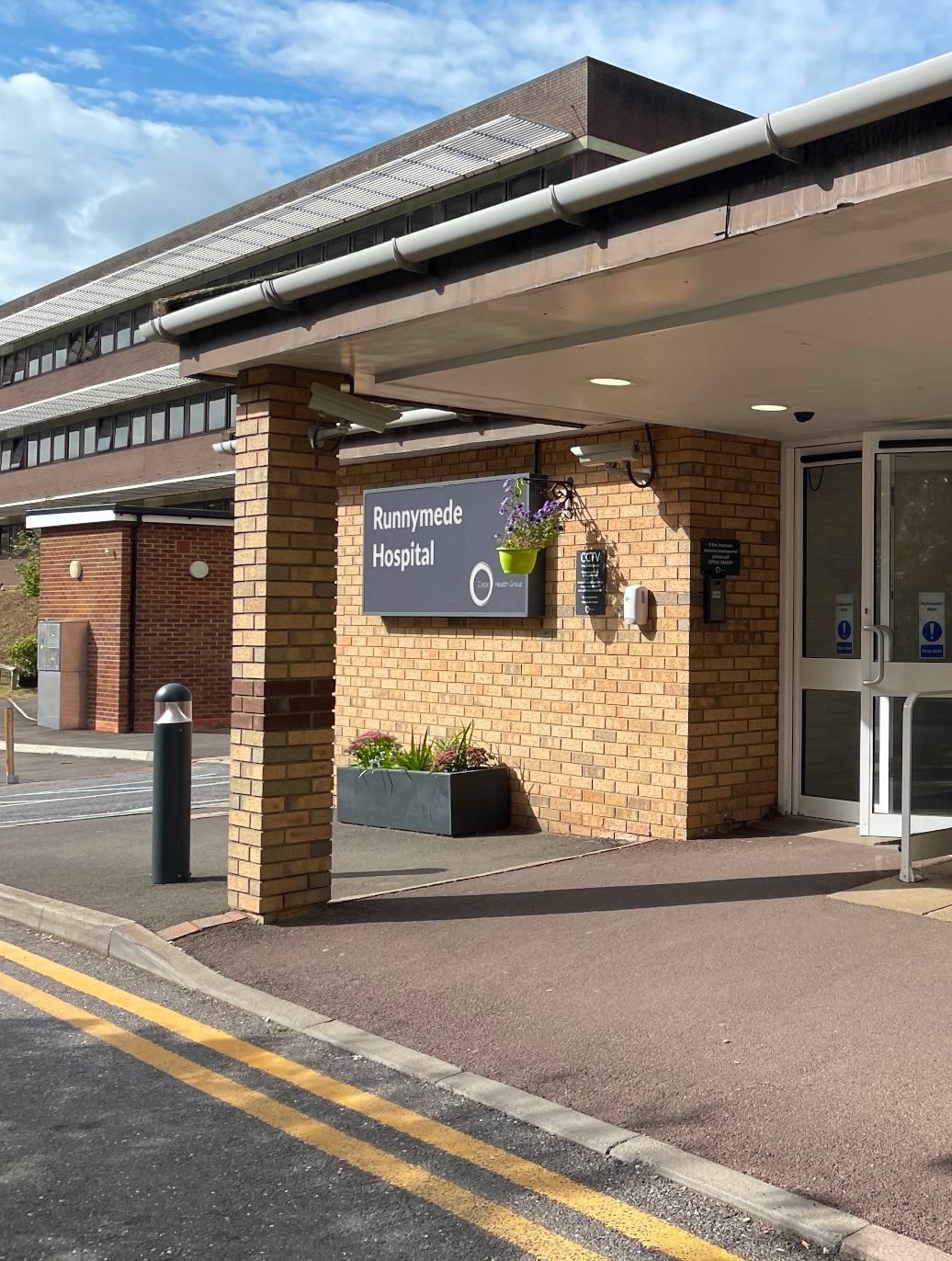
The Circle Hospital
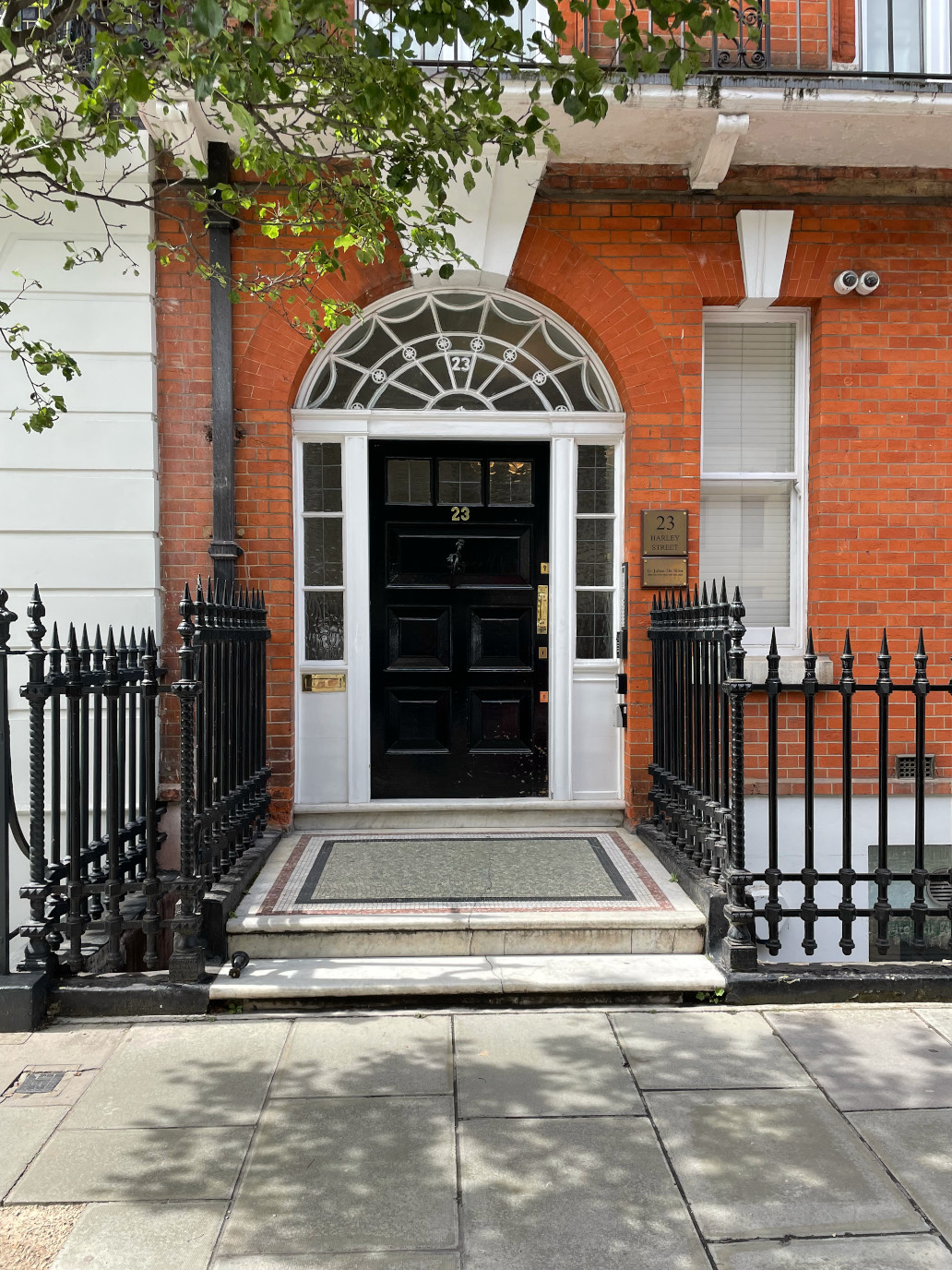
23 Harley Street
